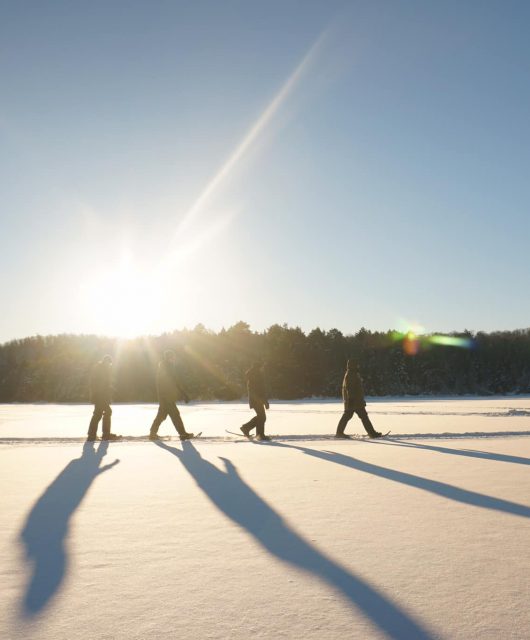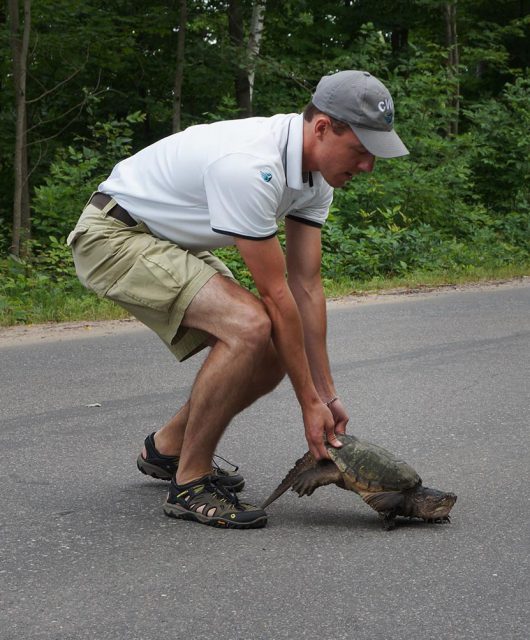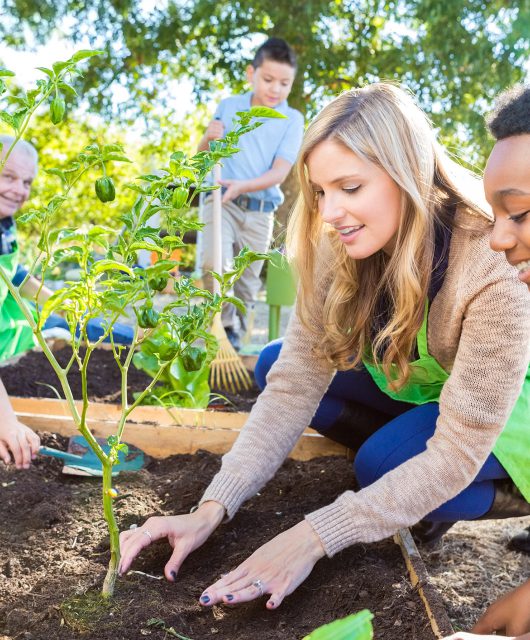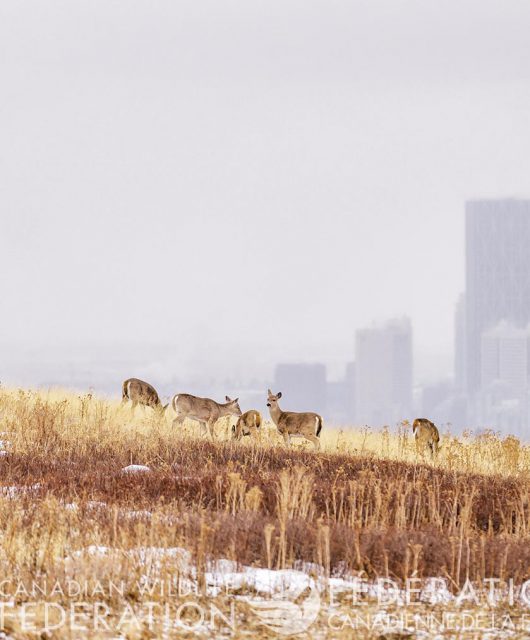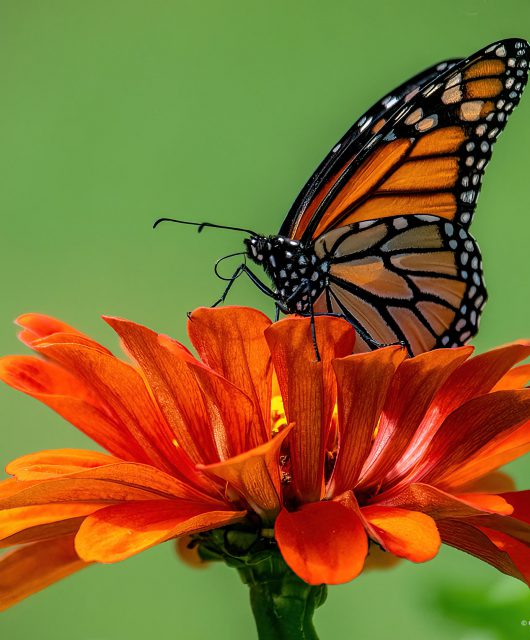If you are wondering what plants and animals are natural to your neck of the woods, check out these ideas to give you a hand.
They can help supplement what you observe yourself when outside and listening or watching for wildlife.
Local Experts
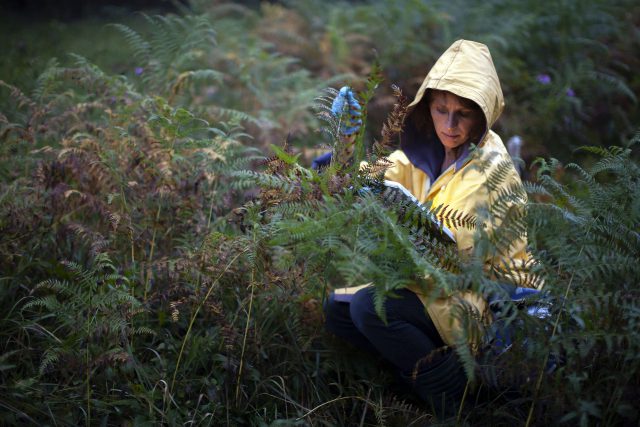
If your community has a field naturalist club or bird watching group, contact them to see if you can get a checklist of what is found in your area. If you are doing this for yourself or your family, consider joining and participating in their organized walks and speaker events. If you are a teacher or community leader etc., keep in mind that these groups often have knowledgeable members that are happy to share their information with others and may be willing to come and lead a walk with your group or class.
If you have trouble finding a group near you, contact your municipality or search online for provincial organizations that focus on wildlife, nature and/or native plants to see what local groups they know of. You may even get some good information from them while you are at it, as well as from your provincial invasive species council. Some examples include:
Citizen Science Programs
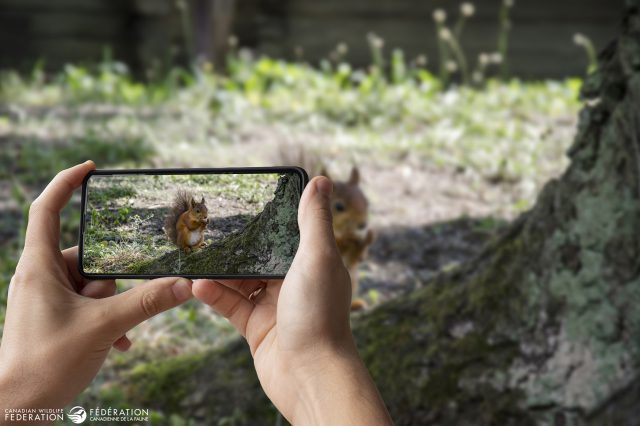
There are many programs now that rely on our own sightings that help both scientists keep track of populations and the rest of us to discover more about these plants and animals. Here are some ideas to consider:
- MonarchWatch.org
- BumblebeeWatch.org
- NatureWatch.ca (includes FrogWatch, WormWatch and MilkweedWatch)
- EarthWatch.org
- BirdsCanada.org
Plus iNaturalist.ca has, in addition to its reporting system, many online resources to learn more about and/or to track species in municipalities, provinces and even globally, such as:
- Metro Edmonton Biodiversity
- Big Trees of Toronto
- Lanark County Biodiversity
- Butterflies and Moths of Nova Scotia
- Association Plants for BC Native Bees
- Global Pollinator Watch
Field Guides
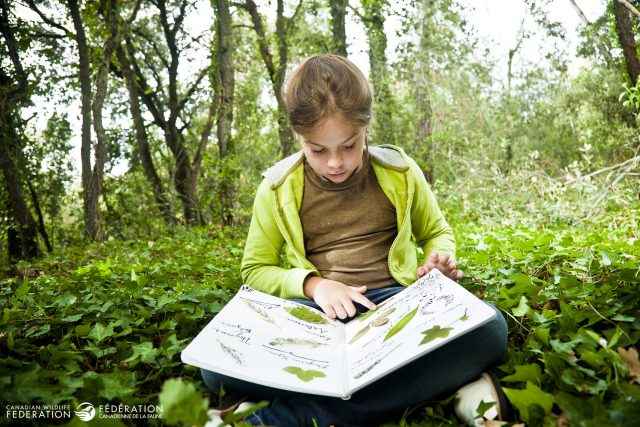
While much of the world has gone online, there is still merit to some of the great field guides you can get at bookstores for anything from ferns and flower flies to birds and frogs.
If you do search online, however, you may find some that are similar in their scope, such as Cornell’s All About Birds https://www.allaboutbirds.org/. Some apps are great for identifying species, such as , on websites or as an app such as eBird and iNaturalist.ca, as mentioned above. To find them, search with the terms ‘online field guides’ plus your province or region and you may be surprised at how much information there is to access.
CWF Resources

And keep in mind that our own Hinterland Who’s Who has many species featured online, with videos and articles, along with other activities for kids. We also have:
- Native Plant Encyclopedia to help find plants native to your area when on the trail or planning a garden
- Variety of plant and animal profiles
- WILD Education newsletter with activity ideas, lesson plans and other resources
- WILD Family Nature Club to connect families locally who want to get out and enjoy nature

